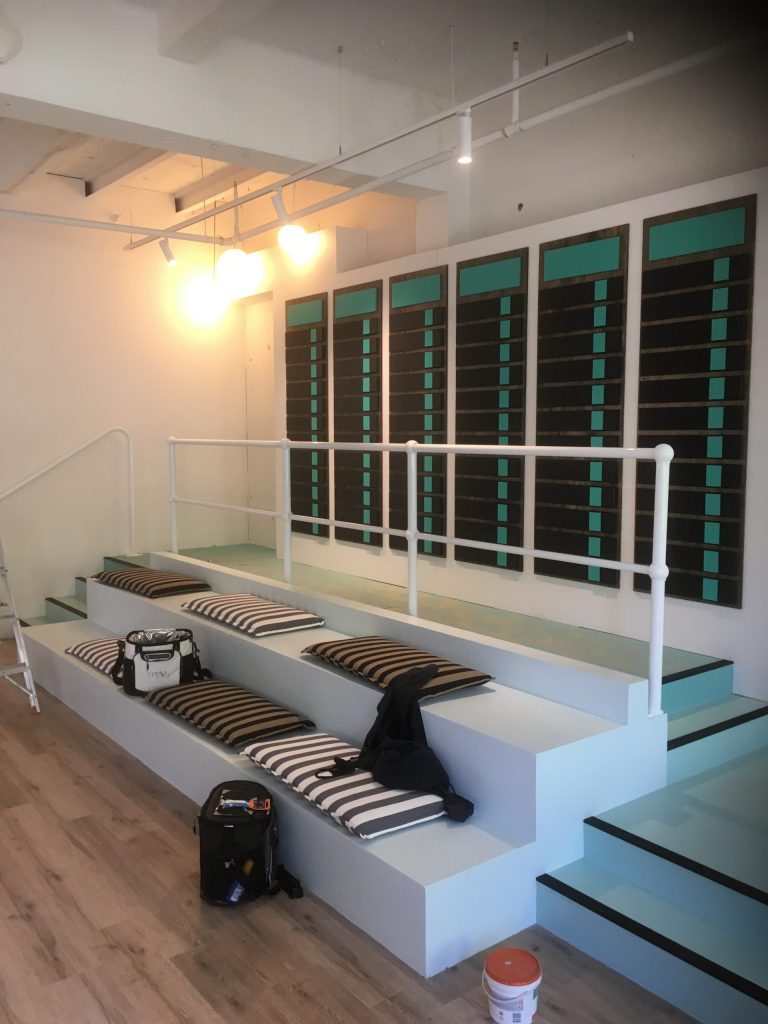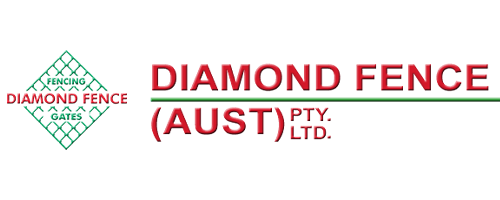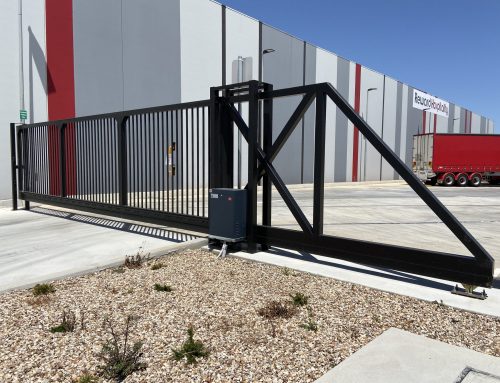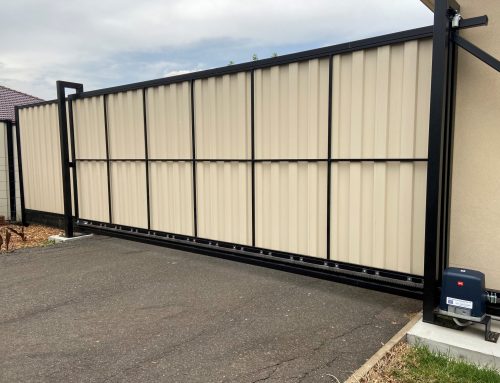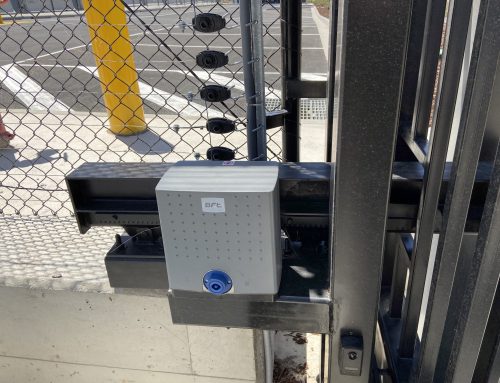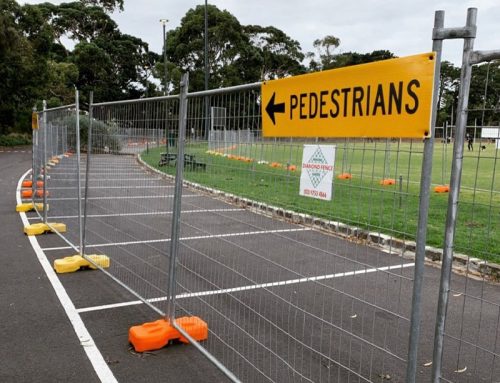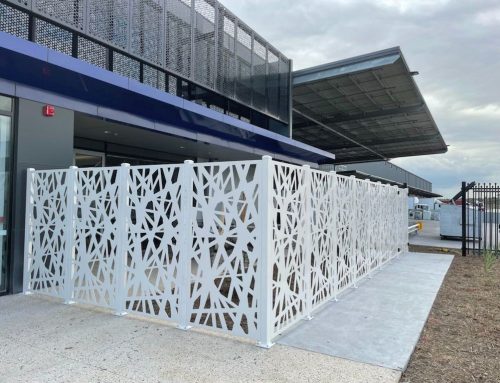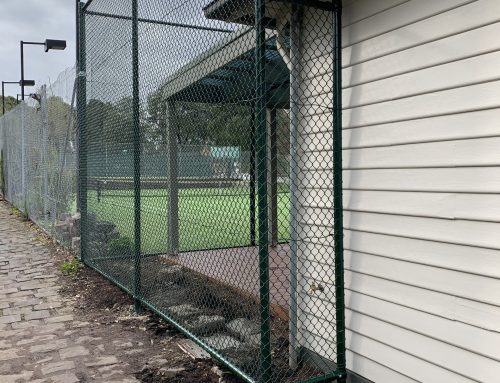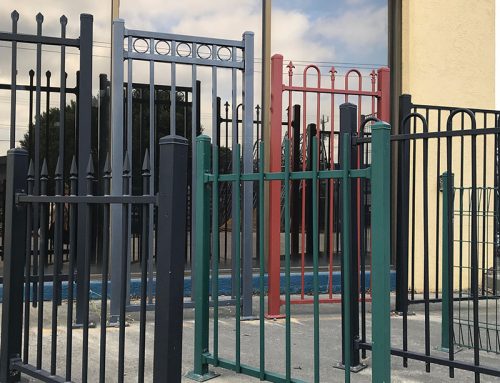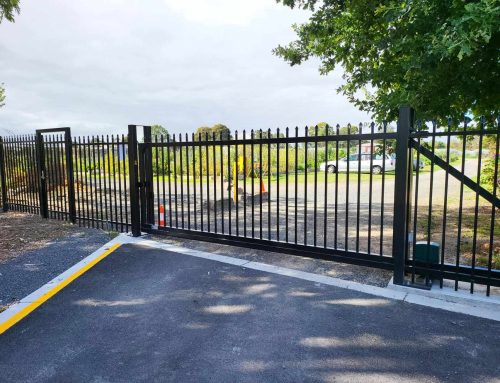Cleaning safety rails may not be the first or even the last item on your to-do list, yet it may be something worth considering. This blog post will look into some of the ways to take care of security rails.
When it comes to safety rails, these railing elements are available in a wide variety of metals. Some of them include aluminum, steel, stainless steel and wrought iron.
Applications of safety rails
Safety rails, as the name says it, are used as an extra safety measure. In addition to the variability in the material used, they also vary in shapes and sizes, depending on the location and the actual safety level needed.
Some of the applications/locations of the safety rails are:
- Staircases
- Melbourne roads (including highways)
- Train stations
- Parking lots
- Night clubs
- Open spaces
- Warehouses
- Factories
- Car parks
- In other industrial or commercial sites
The above are just a few places where you can find safety rails or guard rails.
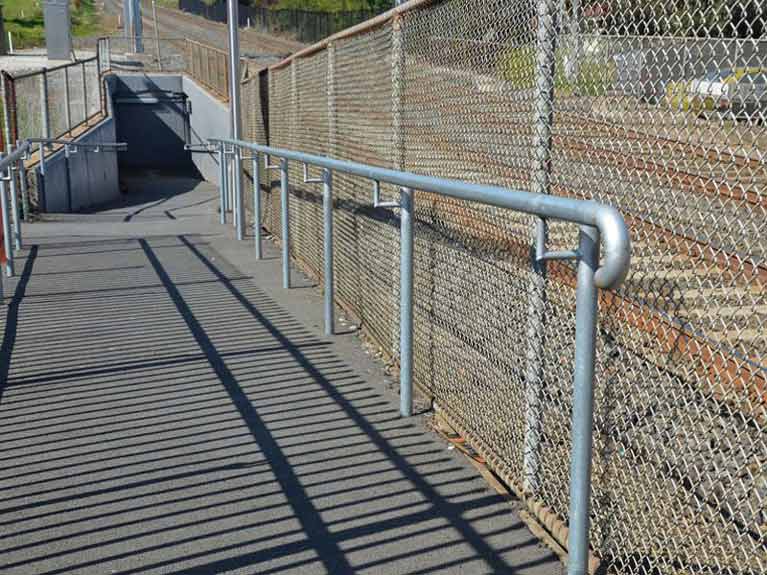
Benefits of metal safety barriers
- Metal safety rails or barriers last longer
- Only major accidents can damage them significantly. Hence, why they are also used to reduce the severity of run-off-the-road collisions by shielding and redirecting vehicles away from potential roadside hazards.
- They are extremely resistant to extreme weather conditions such as heavy rainfalls and high winds.
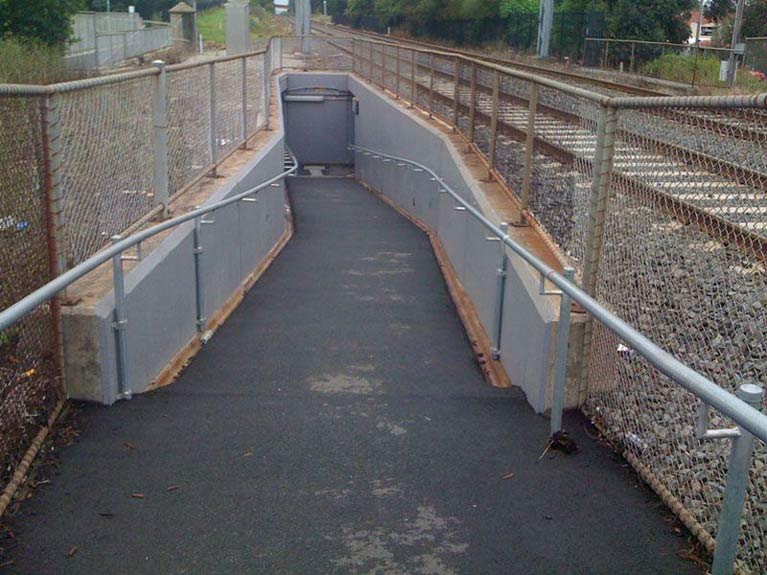
Cleaning safety rails
How to make the safety railing spotless, figuratively speaking? It depends on the materials.
Indoor safety rails (handrails) are cleaned much more often, especially now in COVID-19 times. However, when it comes to outdoor railings, the best time to clean railings is in spring. Simply due to the mild temperature – the railings are not hot and you are not cold.
When you clean aluminium safety rails (even if they are considered to be relatively low-maintenance), determine which type of aluminium is it. It can be mechanical (e.g., mill, satin, or polished), chemical (anodic) or organic (e.g., paint or wax). Then make sure that you never use aggressive alkaline or acid cleaners on aluminum safety rails. Alkaline cleaners can turn the aluminium dark and dull. Also, be careful with abrasive scrubbing as you can damage the rails permanently.
When it comes to stainless steel, remember that being corrosion-resistant does not mean being corrosion-proof. Hence, when exposed to salt (by the seaside) or air pollutants for long enough, even stainless steel can corrode. Hence, the need for occasional cleaning.
How to do it? There are many ways. For some railings, depending on the effect of surface/pattern roughness, grain/pattern orientation, and design, rain might do the cleaning job. However, if it doesn’t, in most cases warm water with or without a gentle detergent is enough. Mild non-scratching abrasive powders can also be used with warm water, bristle brushes or sponges. That didn’t do the work? You can turn to a small amount of vinegar added to the scouring powder. After, make sure to finish by rinsing with clean hot water.
For wrought iron railings, the process is pretty simple. Use a mild mixture of water and dish soap, then rinse with clear water. On outdoor railings, spray the wrought iron with a garden hose, that might be the easiest.
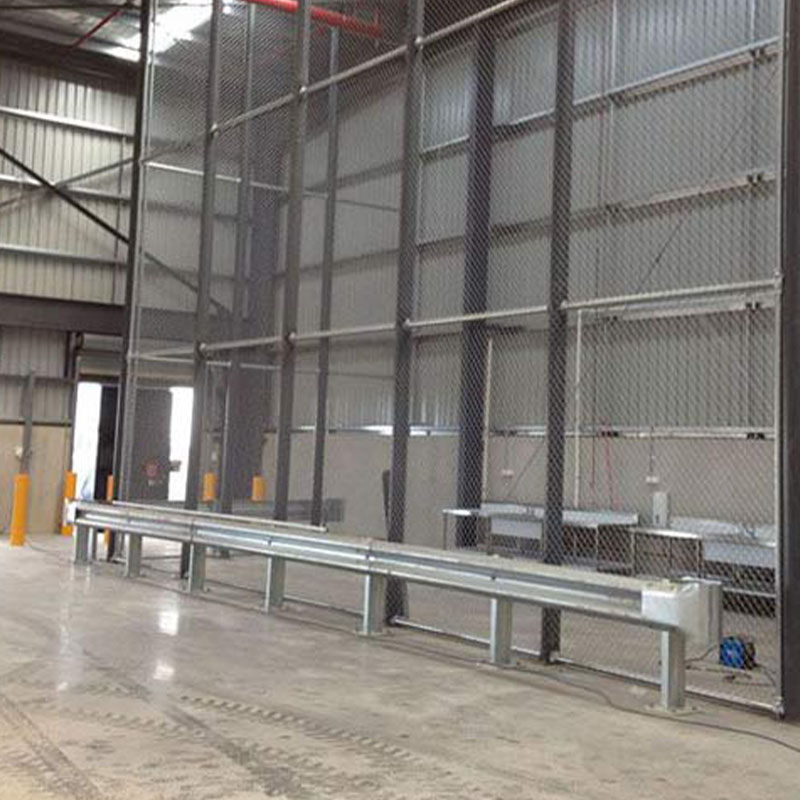
In need of safety rails?
In summary, safety barriers are used to maintain safety and reduce any kind of risk or potential accidents and injuries. Including, but not limited to:
- To stop vehicles from entering a dangerous or prohibited area.
- To stop pedestrians from entering a dangerous or prohibited area.
- To control and manage traffic
- As a crowd-control application
- Marking unsafe locations
If you are looking for safety rails provided, look no further. Diamond Fence is an experienced metal safety barriers supplier. Contact our team to find out more!
Call us on (03) 9753 4566, shoot us an email at info@diamondfence.com.au or get a FREE online quote.
